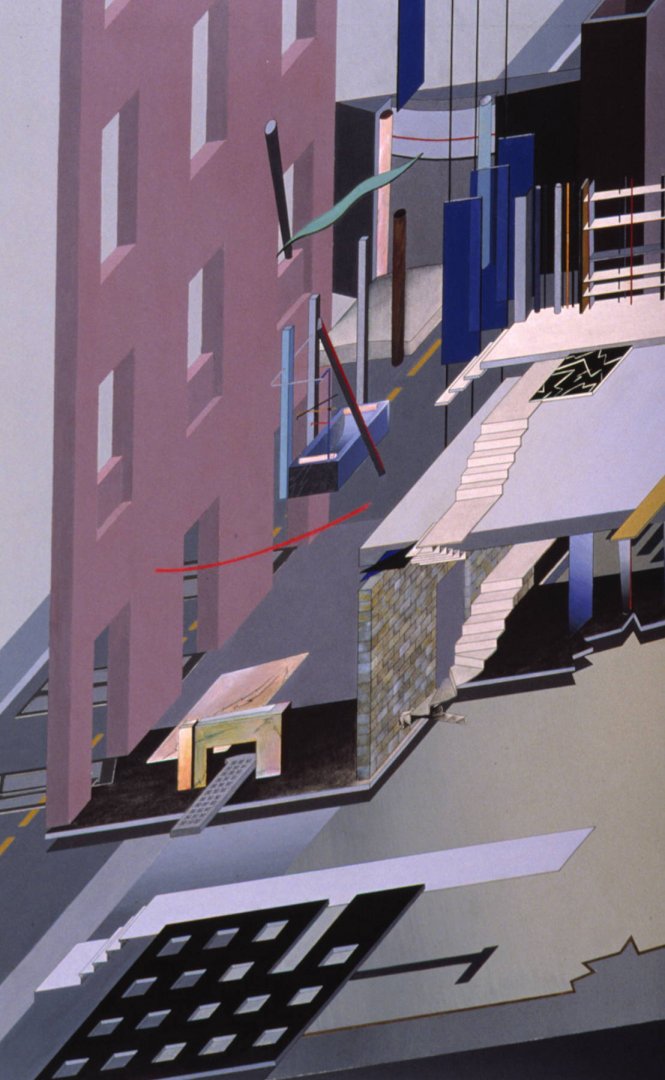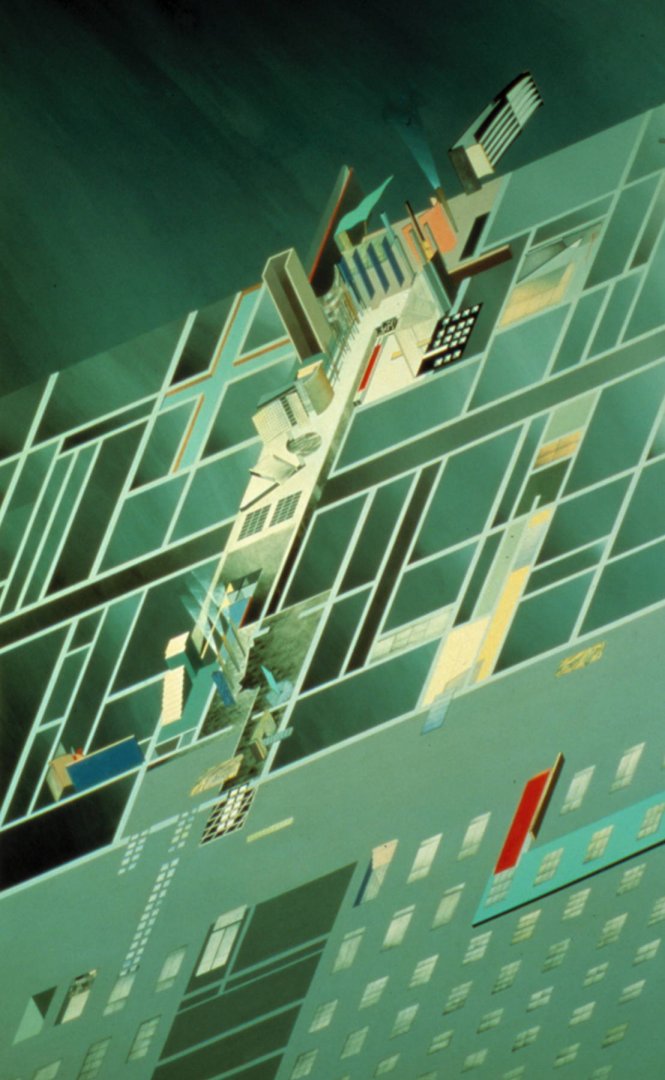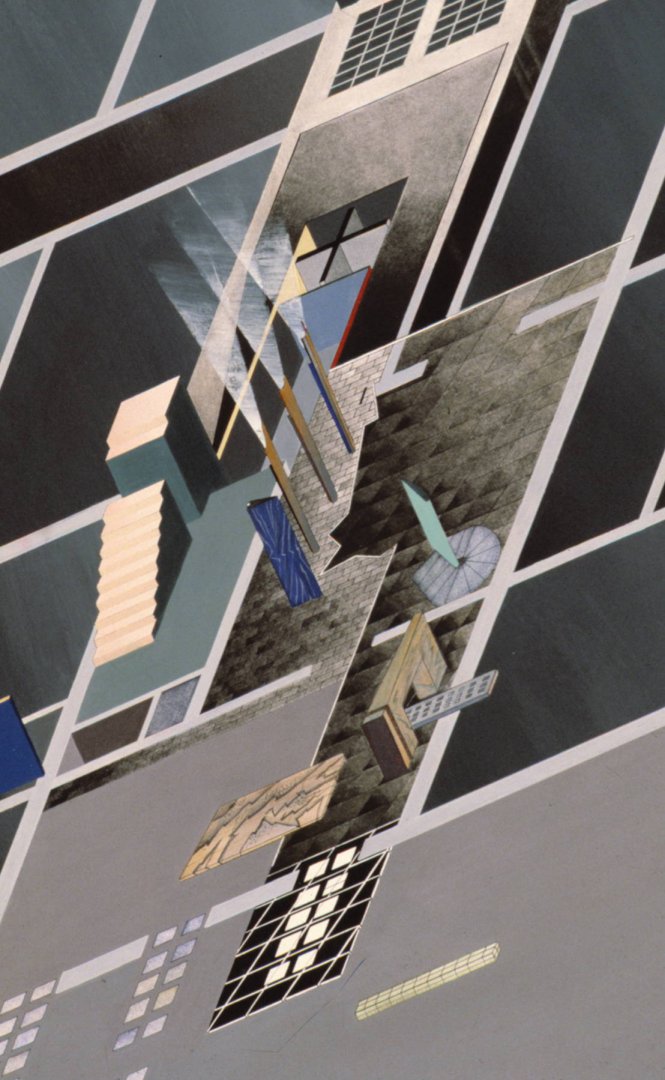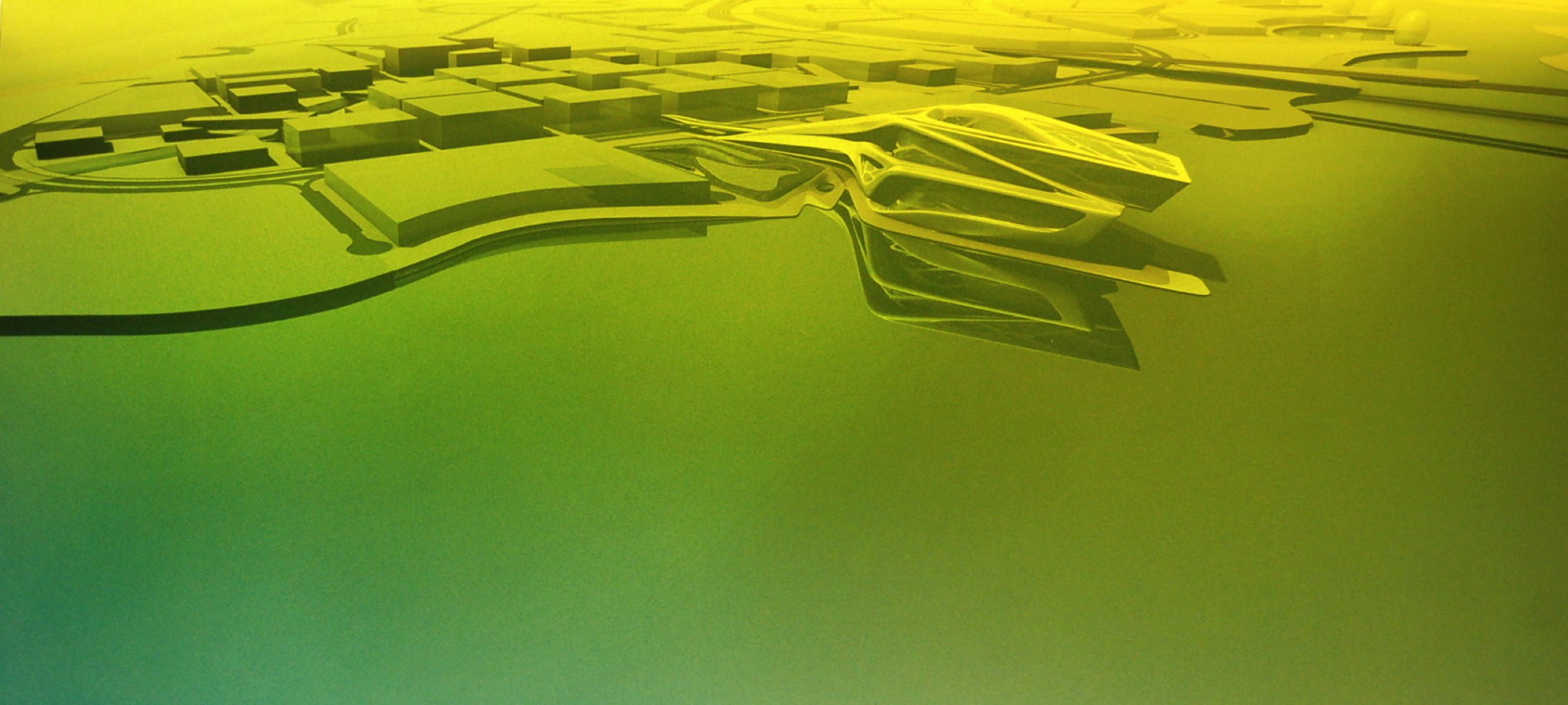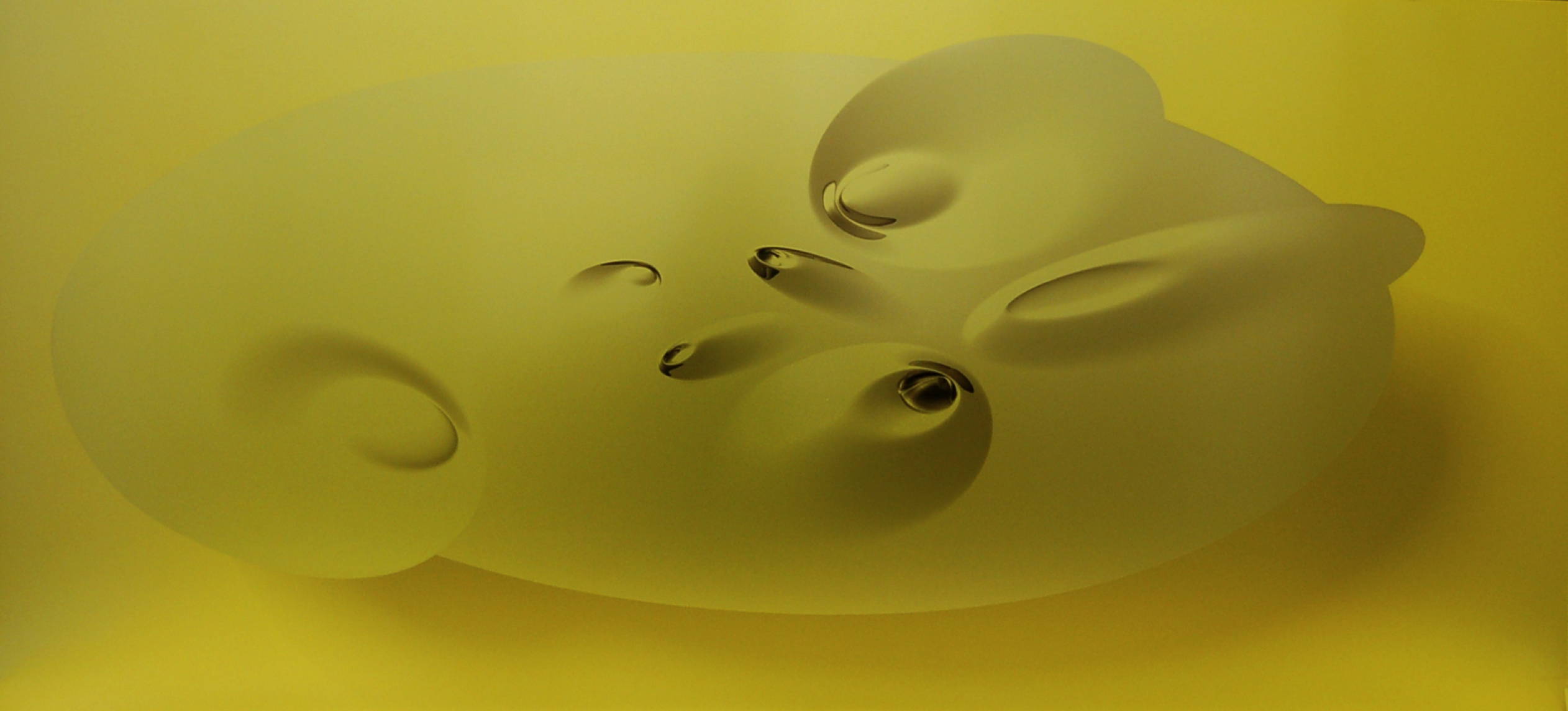| Lecture 6 | |
|---|---|
| Course | Arch 200c |
| Date | 2011/11/01 |
| Learning Objectives | |
| Agenda |
|
| Uses Tool(s) | |
Lecture 6
Here we examine how designers have historically used means of representation, not simply of allographic tools of their work, but as design tools which in turn become means of experiencing their designs. Design becomes the means by which habits of seeing are shaped and expressed.
Among our premises is that vision is socially constructed: visual constructs not only help us to represent, they help us to see and experience space. In this sense, we can talk about strategies for depicting our design, frameworks of experiencing these designs, and the tools we employ to forward our design thinking as one in the same.
The categories below are borrowed from Hashim Sarkis .
Panoramic
The city is the natural setting of civilization: the role of architecture is to facilitate the observation of the city via a constructed view.
- Schinkel: Altes Museum as a panoramic construct.
- Van der Rohe
Picturesque
An architecture of a constructed view, similar to the panoramic, but relies on a choreography of motion and a constructed middle-ground as frame, rather than a static station point.
- Repton: Picturesque theory applied to landscape design
- Lebbeus Woods
Prospective
A distortion of perspective in order to represent every location with a significant amount of detail.
- Sullivan
- Leonidov
- Gursky
Field
The new city bring new modes of movement and vision
- Corbusier
- Holl
- Hadid
Cognitive
Addresses the difficulty of capturing the "image of archtiecture" through a visual medium.
- Lynch
- Diller+Scofidio
- Howeler Yoon
Readings
- Peter Cook, “Drawing and Motive,” in Drawing: the motive force of architecture (Chichester, West Sussex, England: Wiley, John & Sons, 2008), 10-28.
- Peter Cook, “Drawing and Strategy,” in Drawing: the motive force of architecture (Chichester, West Sussex, England: Wiley, John & Sons, 2008), 29-55
- Sergei Eisenstein, “Montage and Architecture (ca 1938),” Assemblage 10 (1989): 111-131.
- Kurt Forster, “Schinkel’s Panoramic Planning of Central Berlin,” in Modulus 16, The University of Virginia Architectural Review, vol. 16 (University of Virginia, 1983), 28-41.
Reading Mavens
- Minjae Ahn
- Rebecca Smith
- Rudy Letsche
